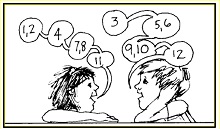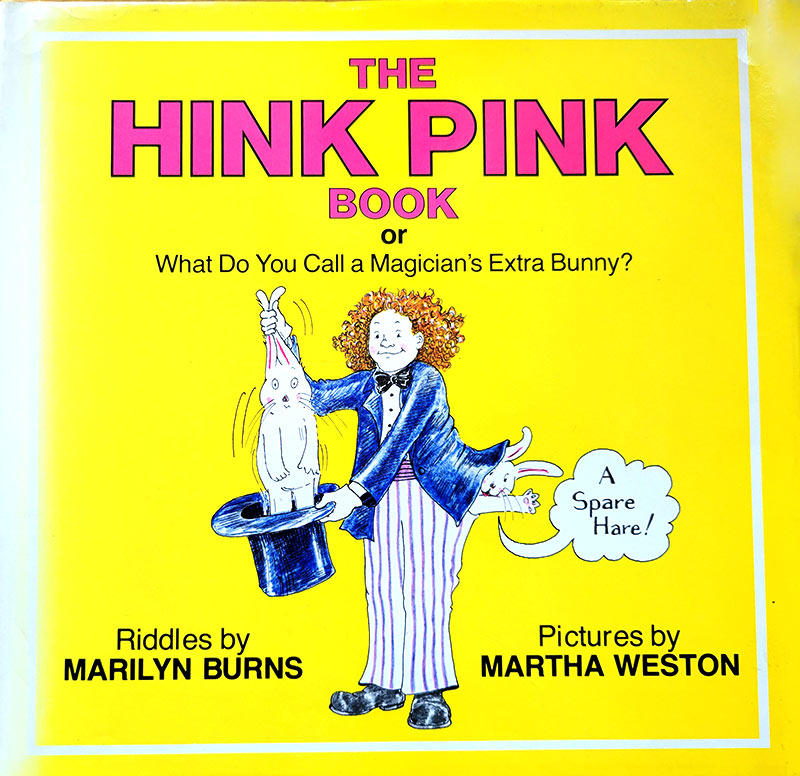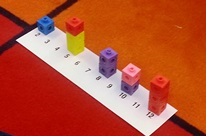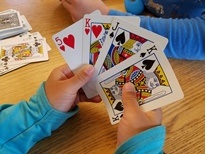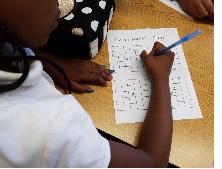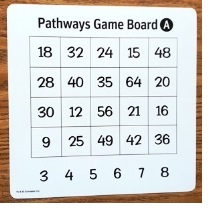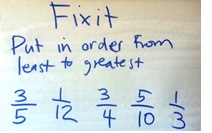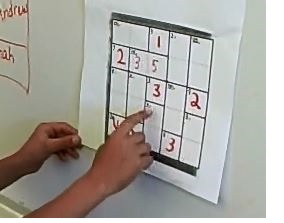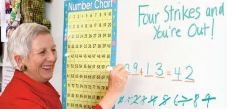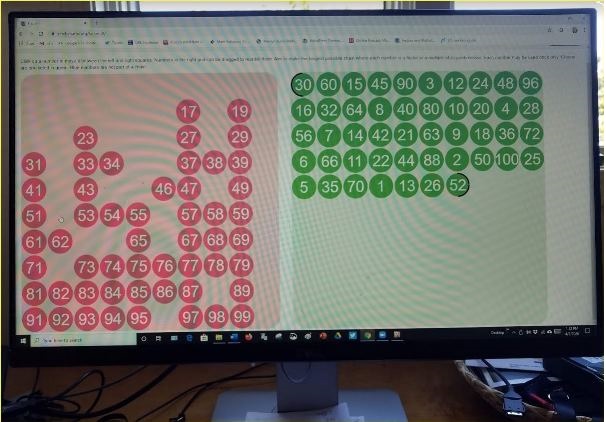
I just learned about Factors and Multiples, a shelter-at-home game that’s engaging as solitaire and can be played as a two-person game either cooperatively or competitively. (I’ve played it both ways.) It’s intriguing for both adults and kids (as long as players know about factors and multiples of numbers up to 100). It’s a keeper.
Marilyn BurnsApril 3, 2020

